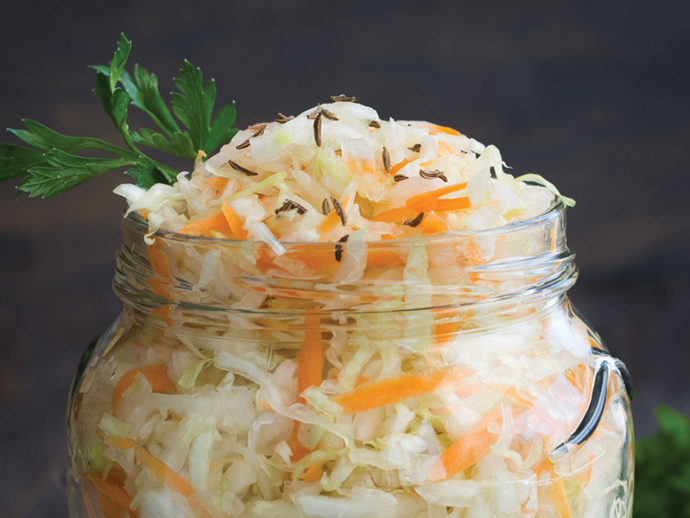
Shortly after birth, you were colonized by trillions of micro-organisms that settled down in your gut. Made up of more than a thousand species, these micro-organisms are important allies in your health. They boost your immunity to colds and diseases. They help you digest food and produce vitamins. And now, they’re emerging in a starring role as mood managers.
“There are many paths between gut and brain,” says Dr. Jane Foster. “We are only just starting to figure out which aspects are connected.”
The vagus nerve has emerged as one important pathway for these mood-altering messages. This network of neurons, named after the Latin for “wandering,” meanders through the chest and abdomen, connecting key organs to the brain stem.
Gut microbiota may also be influencing brain activity with their ability to communicate to cells that produce serotonin, a chemical that helps relay messages from one part of the brain to another. There’s also the possibility that the gut microbiota themselves are not the messengers. Instead, the messengers may be bacterial byproducts.
The role of food
The micro-organisms in your gut vary throughout your lifetime. Each person has a profile of gut microbiota as unique as a fingerprint. It is influenced by genetics, gender, age and diet.
An unhealthy diet can create an environment that does not support your healthiest and happiest self. But don’t fret if you’ve been indulging in cookies and too much coffee. Your gut microbiota can experience a speedy recovery.
Dietary changes lead to the presence of different micro-organisms, and probiotics found in fermented foods may affect the balance of bacteria in your gut. Including a range of fermented foods like the ones below is a great recipe for better gut health—and possibly a better mood.
Sauerkraut
Sauerkraut—and its spicier cousin, kimchi—is made by combining shredded cabbage with salt and allowing it to ferment. Simple and fun to make at home in a large glass jar or ceramic crock, you can experiment with adding spices and other vegetables. It’s easy to find at grocery stores; just make sure you choose one that has live bacteria.
Enjoy this crunchy cabbage dish by the forkful or add it as a condiment to rice bowls, sandwiches and salads.
Tempeh
Tempeh is made by fermenting cooked soybeans. It’s firm, chewy and delicious when pan-tossed or marinated and baked. Use it in stir-fries, on salads or as the main event in a meal.
Miso
Commonly made from fermented soybeans combined with grains like rice and barley, piquant miso paste comes in many varieties. Miso adds an intriguing flavour to salad dressings, gravies and scrambled eggs. Try it in the Miso Soup with Greens recipe in this issue of alive@work.
Yogurt
Probably the best known of fermented foods, yogurt needs no introduction. Look for yogurts that say they contain active or living cultures.
In addition, supplementing with a probiotic can help support your gut microbiome and keep it in tip-top shape. Ask your doctor about whether this is a good option for you.






